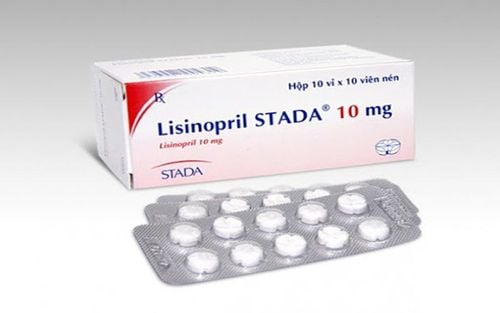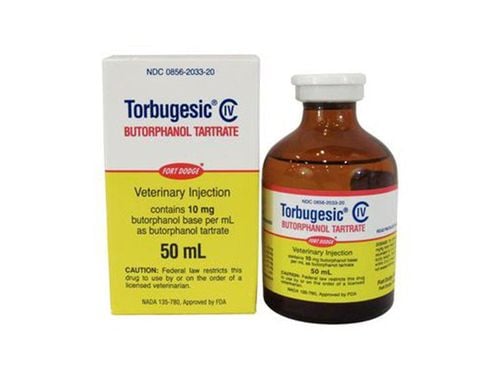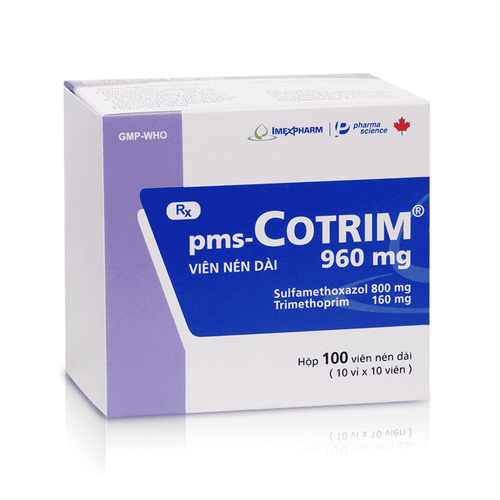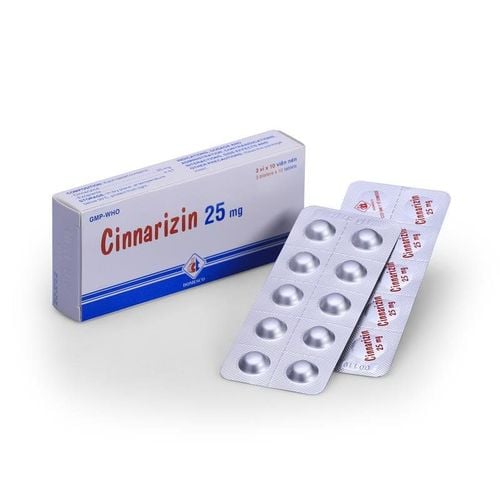This is an automatically translated article.
Vintanyl is a medicine to treat vertigo and is available in the form of tablets or injection solution. What are the uses of Vintanyl? What should be noted during use? The following article will provide the above information for readers.
1. Uses of Vintanyl
Vintanyl is prepared in 2 forms, 500mg tablets or 500mg/5ml injection solution; 1000 mg/10ml
Main ingredients in each tablet include:
Acetyl-DL-Leucine : 500 mg Excipients: Magnesium stearate, Talc, PVP, Aerosil, ... Main ingredients in each solution tube 500 mg/5ml
Acetyl-DL-Leucine : 500 mg Excipients: ethanolamine, distilled water for injection, ... just enough 5 ml Vintanyl is a drug to treat symptoms of dizziness, but so far the specific mechanism of action of the drug has not yet been established. is clarified. Several animal studies suggest the possibility that Acetyl-DL-Leucin causes depolarization in vestibular neurons, which help maintain balance in the body.
Signs of dizziness include: loss of balance, feeling of floating, unsteady walking, dizziness, ringing in the ears, dizziness when changing position or turning the head, may be accompanied by nausea, vomiting.
Vintanyl is indicated in cases of dizziness due to any state and cause such as:
Dizziness due to hypertension with atherosclerosis Dizziness due to food poisoning or drugs Dizziness caused by taking drugs Migraine headache such as Streptomycin Reflex dizziness, possibly due to visceral edema or digestion Do not use Vintanyl for people with a history of allergy to Acetyl Leucine or any of its ingredients.
To ensure safety during treatment, patients need to inform their doctor about their allergy history to consider using Vintanyl.
2. Dosage and usage of Vintanyl
Usage: Vintanyl drug is used orally or intravenously.
For the tablets, the patient should take the Vintanyl tablet whole with water, without crushing or chewing it may reduce the absorption of the drug. Vintanyl is taken with food.
For the solution form, Vintanyl is given intravenously slowly in case the patient has a lot of pain or vomiting and cannot take the drug orally. Vintanyl solution for intravenous injection is used under the manipulation and supervision of medical personnel. After receiving the drug, the patient needs to rest in place for 30 minutes to monitor the post-injection reactions.
Dosage
Tablets: 500 mg/time x 2 times/day, may increase to 1000 mg/time x 2 times/day Injection: 2 ampoules/day, can increase to 4 ampoules/day if needed, based on the clinical condition of the patient. The above is the recommended dosage for general cases. Patients should consult their doctor to know the appropriate dose and time to take the drug.
3. Vintanyl side effects
Some patients may experience undesirable side effects when taking Vintanyl such as:
Whole body: fatigue, somnolence, dizziness Digestive symptoms: nausea, vomiting, abdominal pain in the lower abdomen, diarrhea diarrhea, digestive disorders Allergic manifestations: itching, rash, urticaria. Patients need to stop taking the drug and go to a medical facility for proper treatment when experiencing side effects during the use of Vintanyl. For mild cases, it is possible to stop taking the drug, but for severe hypersensitivity or allergic reactions, supportive treatment such as keeping the airway open, breathing oxygen, using bronchodilators, vasopressor drugs Epinephrine, or use anti-allergic drugs such as antihistamines, corticosteroids...
4. Notes when using Vintanyl
Do not exceed the indicated dose of Vintanyl Be cautious when using Vintanyl in children, because the safety of the drug has not been established. It is necessary to stop the drug immediately and go to the nearest medical facility if symptoms of a reaction appear. Protection such as bronchospasm, angioedema when using Vintanyl Vintanyl can cause fatigue, drowsiness, should not use the drug when the patient needs to drive, operate machinery or do jobs that require alertness. Currently, there are no adequate studies demonstrating that Vintanyl should not be used in pregnant women. However, any drug used during pregnancy must be carefully considered, especially in the first 3 months of pregnancy because it can lead to fetal malformations, birth defects or miscarriage. Therefore, Vintanil should only be used in pregnant women after weighing the benefits outweighing the risk factors for harm to the fetus. As with many other medicines, there have been no clinical studies on the ability of Vintanil to pass through breast milk to the infant. To ensure the safety of the baby's health, mothers should not use Vintanyl while breastfeeding. Absolutely do not use when the drug is moldy, watery in the form of tablets or cloudy, has a precipitate in the form of an injectable solution and do not use the medicine when it has expired. Above is all information about Vintanyl drug. The oral form is an over-the-counter drug, while the injectable form is a drug that is only used when prescribed by a doctor. Therefore, to ensure safety and effectiveness when using Vintanyl, patients need to carefully read the instructions for use, consult a doctor and must strictly follow the indications and doses during treatment.
Please dial HOTLINE for more information or register for an appointment HERE. Download MyVinmec app to make appointments faster and to manage your bookings easily.













